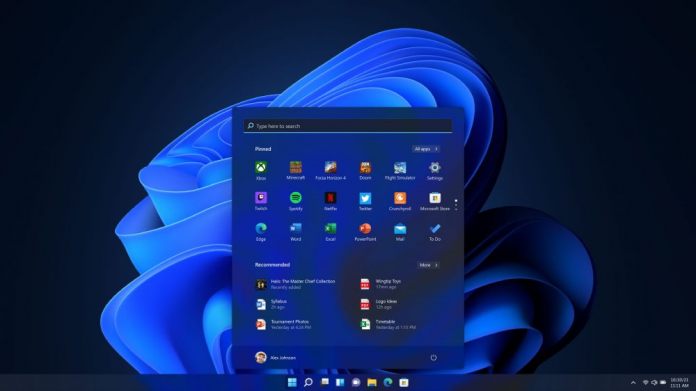Is the Windows 10 experiment over? When Microsoft launched Windows 10 back in 2015, it was billed as the last Windows ever and as Windows as a Service. This was highlighted by two yearly feature updates and monthly cumulative patches. However, Microsoft says with the launch of Windows 11, it will return to an annual release cadence.
Windows 11 was launched today and will launch later this year. Does the return to once-yearly feature updates means the concepts that underpinned Windows 10 are gone? Not quite. In fact, while the idea of Windows as a service arguably works, the twice yearly updates put too much pressure on Microsoft.
So much so, many of those feature upgrades arrived with bugs and performance issues, despite going through extensive preview testing.
Instead, or ditching the idea of Windows as a Service, Microsoft is easing some of the pressure on needing to add new features every six months. Microsoft can focus on stabilizing updates and even bringing more new features to them. The company also promises Windows 11 updates are 40% smaller so will be easier to install.
Working Towards Change
Microsoft has been trying to change its update cycles from several years. Back in 2019, the company announced a major change to its update schedule. Microsoft said it would reduce main feature updates to once a year. The second half of the year major Windows 10 release would be for ensuring stability on the previous build.
However, the company quickly changed its mind after customers reacted negatively to the proposal. As such, Windows Update releases reverted to normal before Microsoft had the chance to implement the change. It will be interesting to see if the company faces the same backlash with Windows 11.
Tip of the day: Though many VPN providers have their own apps, you can in many cases connect to a VPN in Windows 10 without any third-party software. This is ideal if you have a self-hosted VPN or if you're using a PC with restricted permissions. In our tutorial, we're showing you how to connect to a VPN in Windows 10.






